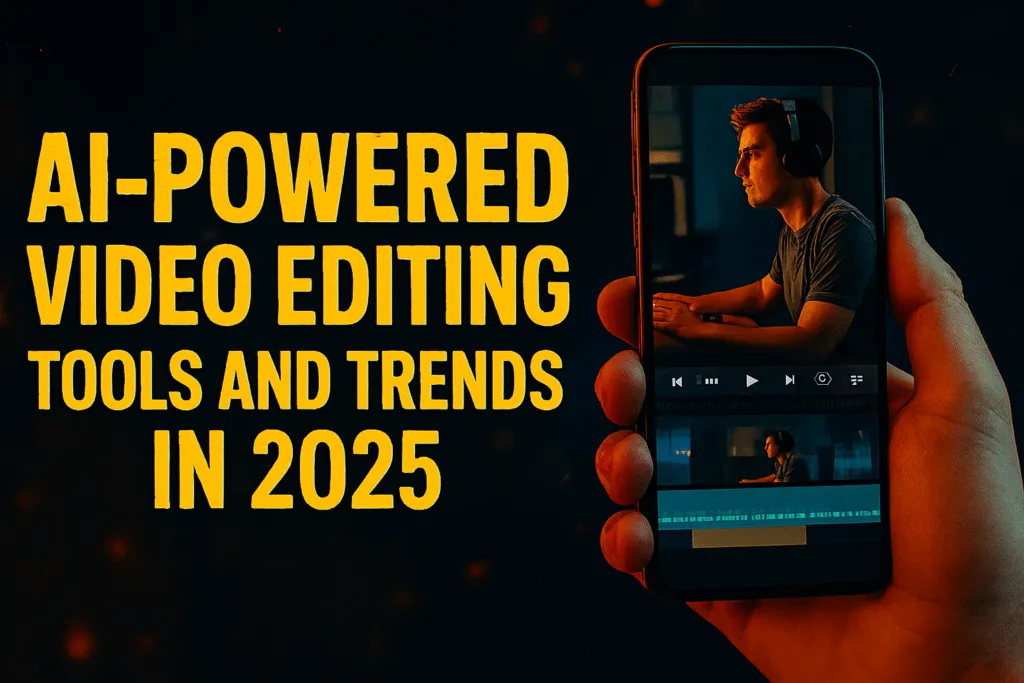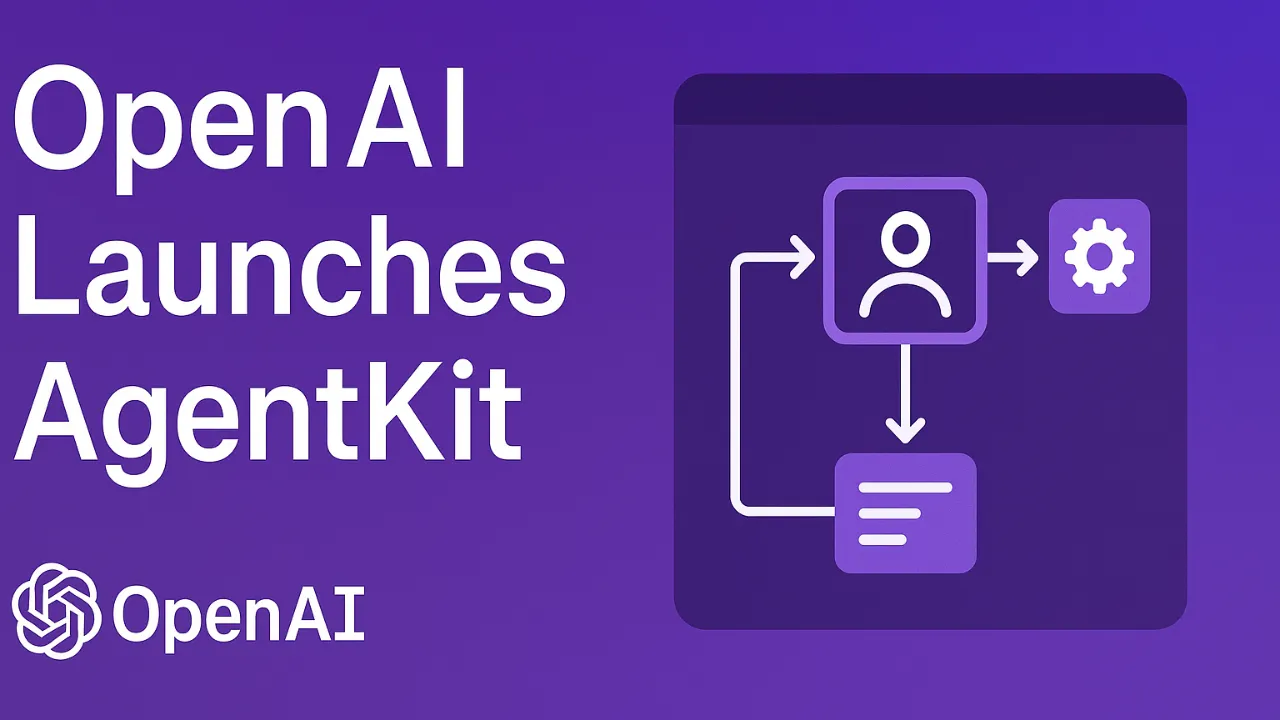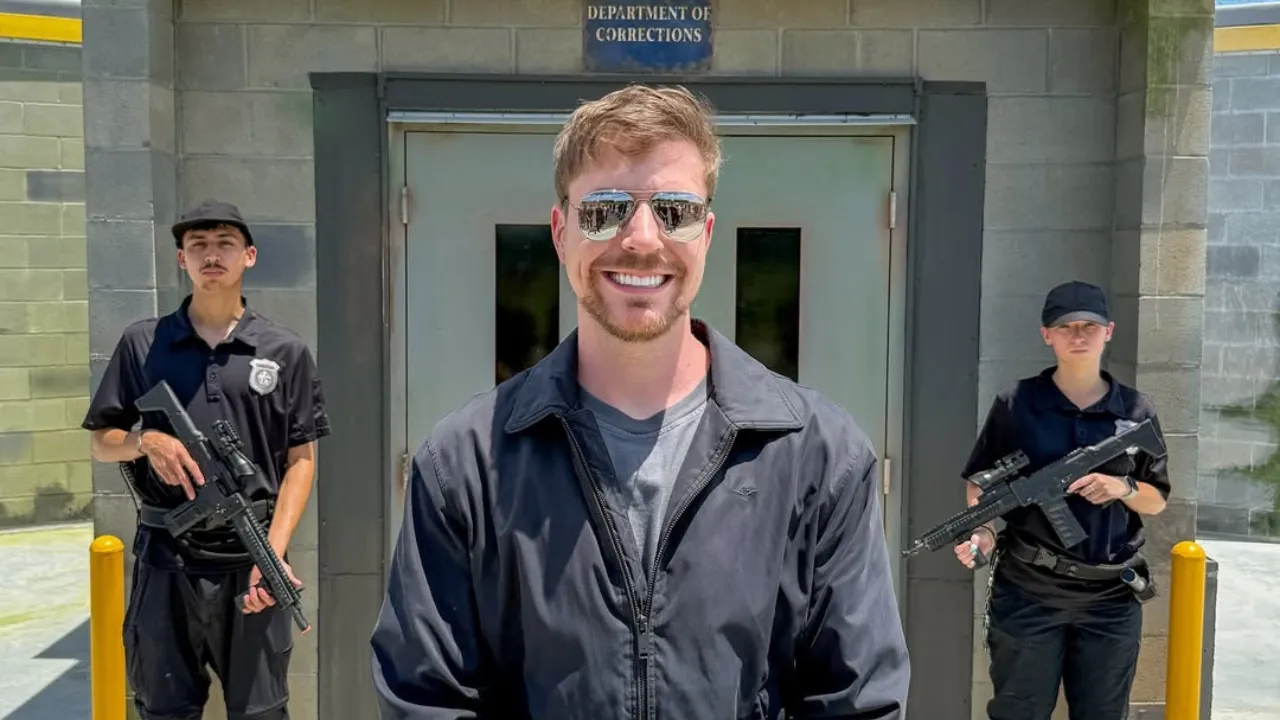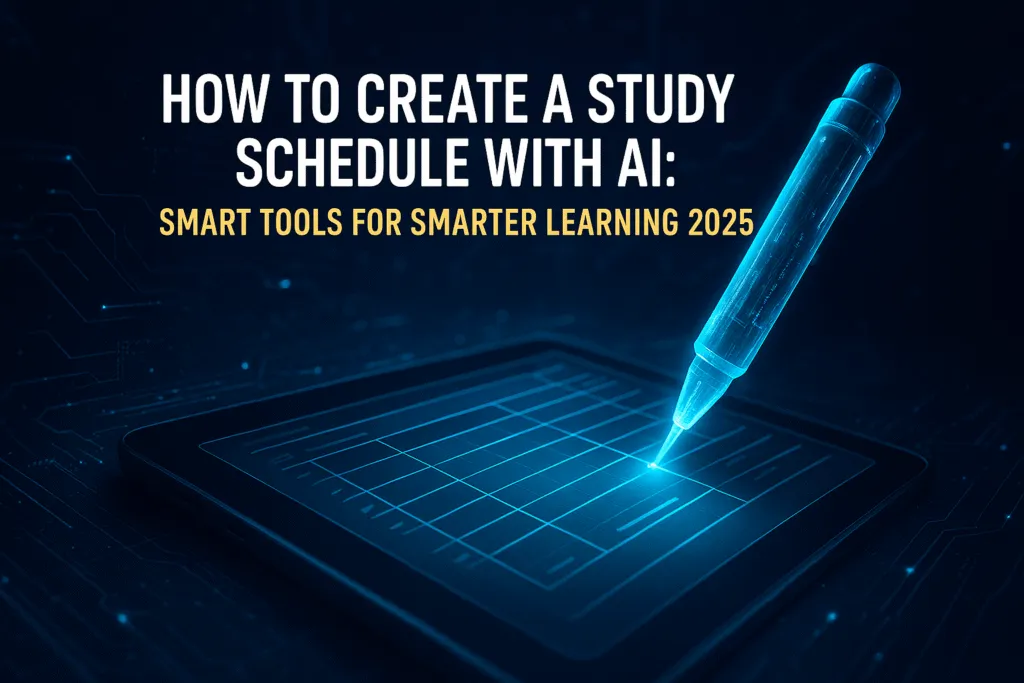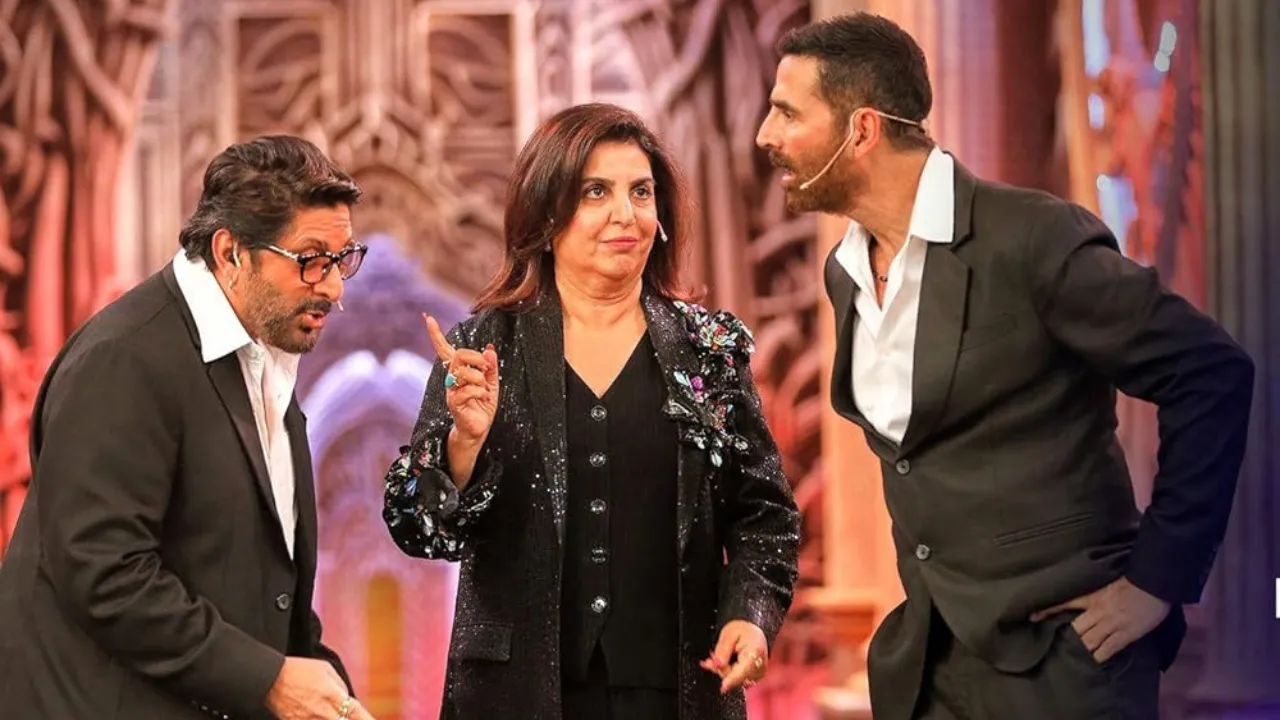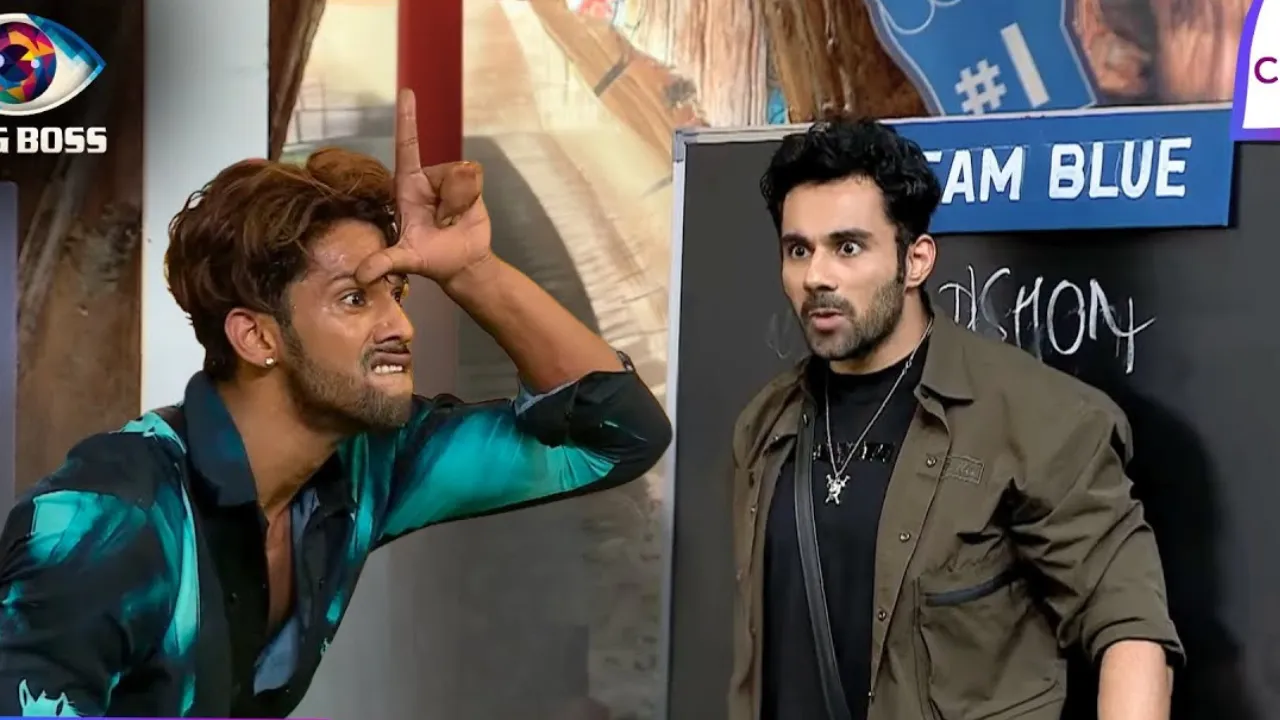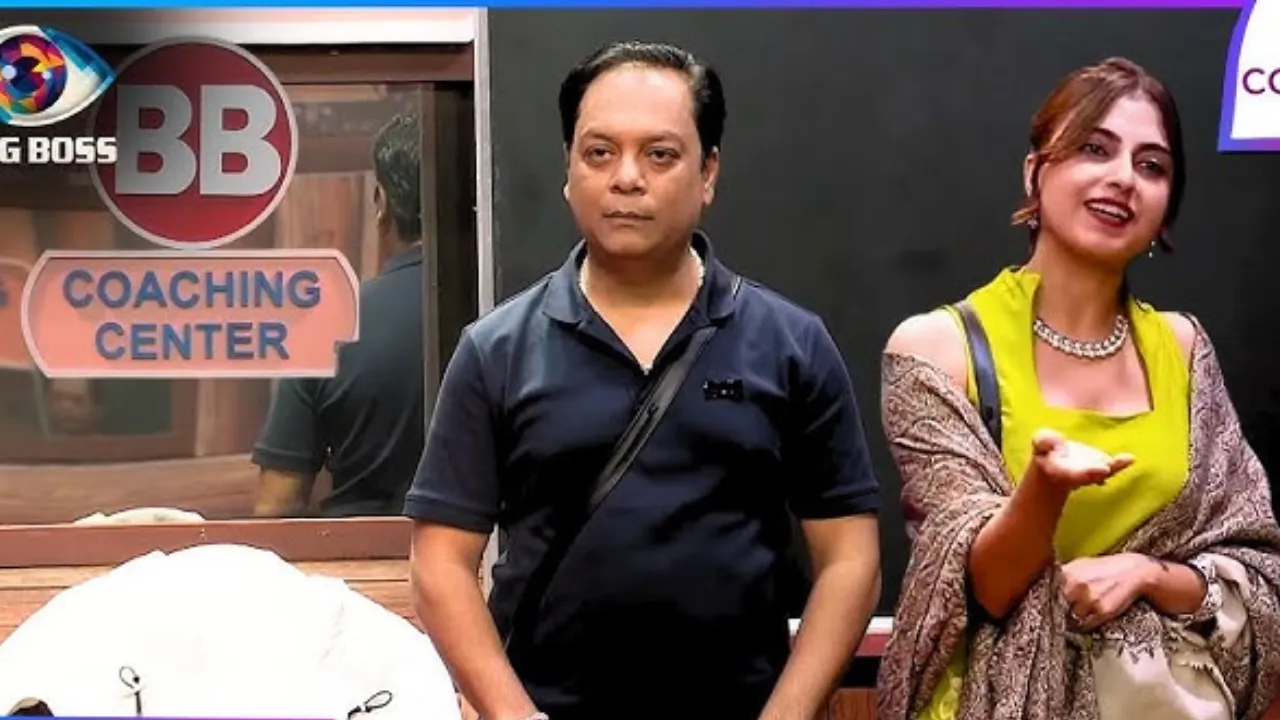Introduction
AI-powered video editing is changing the way videos are made in 2025. In the past, editing meant spending long hours cutting clips, syncing audio, and adjusting colors. Now, artificial intelligence can handle many of these tasks in minutes, giving creators more time to focus on their ideas. With smart scene detection, automatic background music matching, real-time captions, and color enhancement, AI-powered video editing makes the process faster and more creative.
This technology isn’t just for professionals. Even beginners can now produce high-quality videos without needing advanced technical skills. From YouTubers and social media influencers to filmmakers and educators, everyone can benefit from the speed and precision AI brings. The tools are designed to be user-friendly, so you can turn raw footage into polished content with minimal effort.
In 2025, AI-powered video editing is more than a convenience—it’s a game changer. It allows creators to tell better stories, experiment with new styles, and keep up with the fast pace of online content. If you want to stay ahead in the digital world, embracing AI in your editing process is no longer optional—it’s essential.
How AI is Transforming Video Editing
AI-powered video editing is redefining the entire editing process by making it faster, smarter, and more creative. In traditional workflows, editors had to spend countless hours cutting footage, adding transitions, syncing audio, and fine-tuning colors. Now, artificial intelligence can automate many of these tasks with remarkable accuracy. It can instantly detect scenes, remove unwanted objects, match the perfect soundtrack, and even suggest creative edits that enhance storytelling.
One of the biggest changes is the shift from purely manual editing to intelligent, assisted editing. With AI, editors no longer have to start from scratch—algorithms can analyze raw footage, identify the best moments, and arrange them into a coherent sequence. AI-powered video editing also offers real-time tools like automated subtitles, background replacement, and cinematic filters, which previously required specialized skills.
In 2025, this transformation is helping creators work more efficiently and push creative boundaries. Whether it’s producing short social media clips or full-scale film projects, AI ensures the process is smoother and less time-consuming. By removing technical hurdles, AI-powered video editing allows more people to bring their ideas to life, making professional-quality content accessible to everyone.
Top AI-Powered Video Editing Tools in 2025
AI-powered video editing tools in 2025 are smarter, faster, and more user-friendly than ever, giving creators of all levels the power to produce professional-quality videos with minimal effort. These tools are designed to handle everything from automatic scene detection and color correction to generating captions and suggesting creative cuts. Whether you’re a filmmaker, marketer, or casual content creator, there’s an AI solution tailored to your needs.
Some platforms focus on advanced features like real-time collaboration, cloud-based editing, and AI-driven motion graphics, making them ideal for production teams. Others offer quick, template-based editing for social media videos, enabling you to create engaging content in minutes. Many of these AI-powered video editing tools also integrate with popular platforms like YouTube, Instagram, and TikTok, streamlining the publishing process.
In 2025, you’ll find options ranging from powerful desktop software to lightweight browser-based editors and even mobile apps. This flexibility means you can edit anywhere, anytime, without sacrificing quality. By combining speed, automation, and creative freedom, the top AI-powered video editing tools of this year are setting new standards for how content is produced in the digital age.
Key Features of Modern AI Video Editors
Modern AI-powered video editing tools in 2025 are packed with features that make the editing process faster, easier, and more creative. One of the most important advancements is automated scene detection, which instantly identifies and organizes the best parts of your footage. AI also offers intelligent color correction, ensuring every frame looks sharp and consistent without hours of manual tweaking.
Real-time caption generation has become a standard feature, helping creators make their videos accessible while saving time on transcription. Background removal and replacement are now just a click away, allowing editors to change environments without green screens. Many AI-powered video editors also come with style transfer filters, enabling creators to apply cinematic or artistic looks that match the mood of their content.
Another standout capability is predictive editing, where AI suggests cuts, transitions, and effects based on the type of video you’re making. Cloud integration and multi-device syncing also ensure you can start editing on one device and finish on another without losing progress. With these features, modern AI-powered video editing is no longer just about efficiency—it’s about unlocking creative possibilities that were once out of reach for most creators.
AI in Collaborative Editing
AI-powered video editing is making collaborative workflows smoother and more efficient than ever before. In 2025, teams no longer need to sit in the same studio to work on a project—AI-driven cloud platforms allow multiple editors to work together in real time from anywhere in the world. These tools automatically sync changes, track versions, and merge edits without the usual technical headaches.
One of the most impressive benefits is AI’s ability to assign tasks intelligently. For example, it can detect which team member specializes in color grading, sound design, or visual effects and route relevant sections to them. AI can also suggest improvements across the project, such as replacing low-quality clips, adjusting pacing, or optimizing audio levels, ensuring the final product maintains a consistent style.
In addition, AI-powered video editing platforms often include built-in communication tools like live comments, instant previews, and automated feedback summaries. This eliminates endless back-and-forth emails and speeds up approval cycles. For content teams, filmmakers, and agencies, AI in collaborative editing isn’t just a time-saver—it’s a creative enabler that keeps everyone aligned and productive, no matter where they are.
Trends Shaping AI Video Editing in 2025
AI-powered video editing is evolving rapidly, and 2025 is proving to be a year of groundbreaking changes. One major trend is the deeper integration of AI with AR and VR workflows, allowing creators to produce immersive, interactive video experiences directly within their editing software. Another emerging shift is AI-powered storyboarding, where the software can plan entire video sequences based on scripts or prompts, giving editors a clear creative roadmap before they even start cutting.
Personalization is also becoming a defining factor. AI tools now adapt editing styles to match a creator’s previous projects, making each new video feel consistent with their brand identity. Low-code and no-code video creation platforms are also on the rise, making professional editing accessible to people with little to no technical experience.
We’re also seeing AI take a bigger role in content optimization. From automatically generating platform-specific versions of a video to predicting audience engagement based on style and pacing, AI-powered video editing is becoming a strategic tool for creators. These trends are not just changing how videos are made—they’re reshaping the entire creative industry by merging technical precision with artistic vision.
Challenges and Limitations
While AI-powered video editing has revolutionized the way content is created in 2025, it’s not without its challenges and limitations. One of the biggest concerns is accuracy—AI-generated edits, captions, or effects may still require manual corrections to achieve the desired quality. This means human oversight remains essential, especially for projects where precision and storytelling are critical.
Another limitation is creativity. Although AI can suggest edits and styles, it can’t fully replicate the emotional depth, cultural awareness, or artistic instincts of a skilled human editor. Over-reliance on automation can sometimes result in generic-looking videos that lack originality.
There are also technical and ethical issues to consider. AI-powered video editing tools often require high-performance systems or fast internet connections, which can limit accessibility for some creators. Additionally, copyright and licensing concerns can arise if AI unintentionally uses protected content or mimics a copyrighted style.
Finally, data privacy is a growing concern, as many AI video editors operate on cloud-based platforms, raising questions about how sensitive media files are stored and used. While AI offers speed and convenience, understanding its limitations is crucial for producing truly unique, high-quality content.
The Future Outlook: What’s Next Beyond 2025?
AI-powered video editing is set to move beyond simple automation and into a new era of intelligent creativity. In the years after 2025, we can expect AI to become even more context-aware, understanding not just the technical aspects of a video but also its tone, audience, and purpose. This means editing tools could adapt in real time to different storytelling styles, producing content that feels deeply personalized and emotionally engaging.
Future AI editors are likely to integrate more seamlessly with emerging technologies like holographic video, mixed reality, and interactive storytelling. We may also see AI capable of generating entire video projects from a short brief or voice command, eliminating many of the current manual steps. Collaboration will become even more dynamic, with AI acting as a virtual team member—suggesting creative ideas, spotting potential issues, and ensuring consistency across large-scale productions.
At the same time, ethical considerations, copyright rules, and creative authenticity will remain important topics. While AI-powered video editing will continue to break technical barriers, the human touch will still define what makes a story truly resonate. Beyond 2025, the real opportunity lies in combining AI’s efficiency with human imagination to create groundbreaking visual experiences.
Conclusion
AI-powered video editing has transformed from a helpful add-on to a core part of the creative process in 2025. What once took hours or even days can now be achieved in minutes, thanks to intelligent automation that handles tasks like scene detection, color correction, and captioning with impressive accuracy. More importantly, it has opened the door for creators of all skill levels to produce high-quality content without being limited by technical barriers.
While there are still challenges—such as ensuring accuracy, protecting originality, and navigating copyright concerns—the benefits of AI-powered video editing far outweigh the drawbacks. It empowers creators to focus on storytelling, experiment with new formats, and keep up with the fast pace of digital content demands.
Looking ahead, AI will continue to evolve, offering even more advanced features and seamless integrations that enhance both creativity and productivity. But no matter how smart the tools become, human vision and imagination will remain the heart of every great video. Embracing AI-powered video editing today means being ready for the future of content creation tomorrow.
Also Read: Coolie First Day Collection Beats War 2—Rajinikanth’s ₹150 Cr Opening Is Historic.
FAQs
1. Can AI-powered video editing fully replace human editors?
No. While AI can automate many tasks like scene detection, color correction, and captioning, human creativity, emotional understanding, and storytelling skills remain irreplaceable.
2. What is the best AI-powered video editing tool for beginners?
It depends on your needs. Tools like Lumen5, InVideo, and Clipchamp are beginner-friendly, while professional creators may prefer advanced options like Adobe Premiere Pro with AI integrations or Runway.
3. Are AI-generated edits copyright-free?
Not always. While most AI edits are original, using copyrighted media or styles without permission can still lead to copyright issues. Always check the licensing terms of any assets used.
4. Does AI-powered video editing require high-end hardware?
Some desktop software may need powerful hardware, but many AI tools now run on cloud platforms, allowing you to edit from any device with a stable internet connection.
5. How can AI-powered video editing help social media creators?
AI can quickly create platform-specific versions of videos, optimize pacing for engagement, add captions automatically, and even suggest trending styles—helping creators publish faster and attract more viewers.
